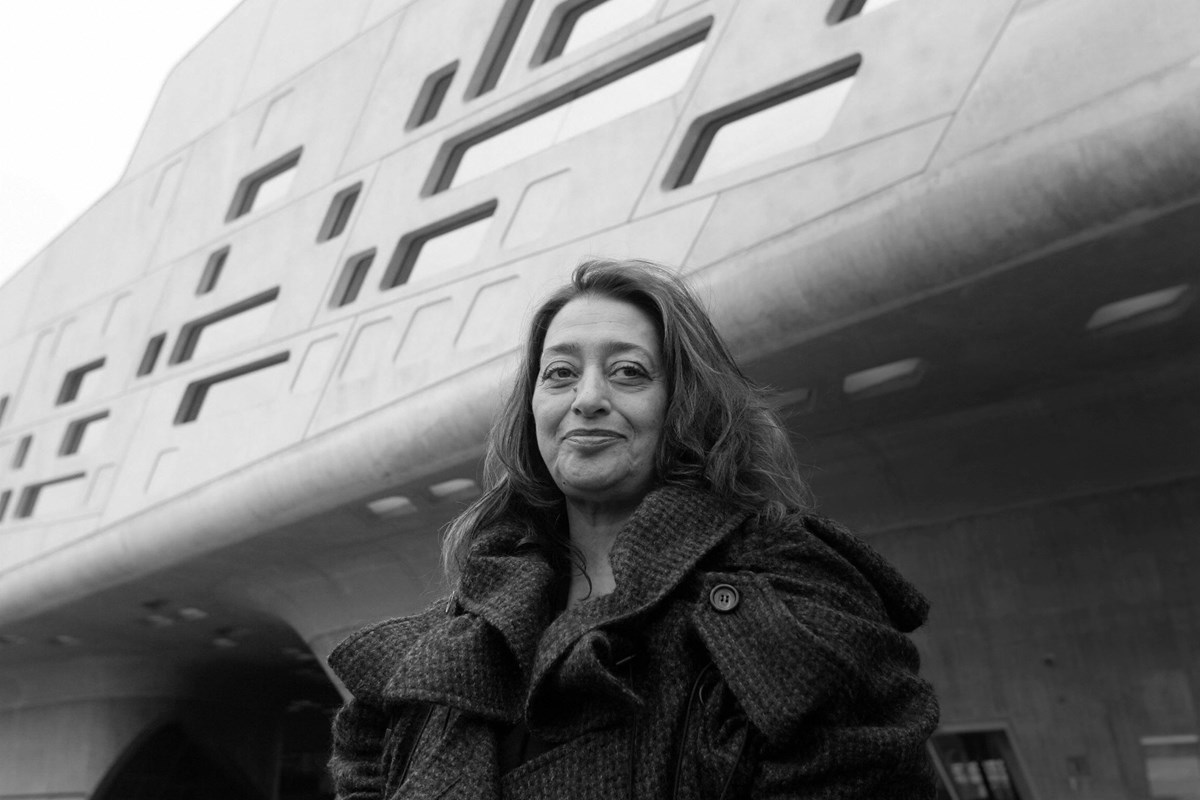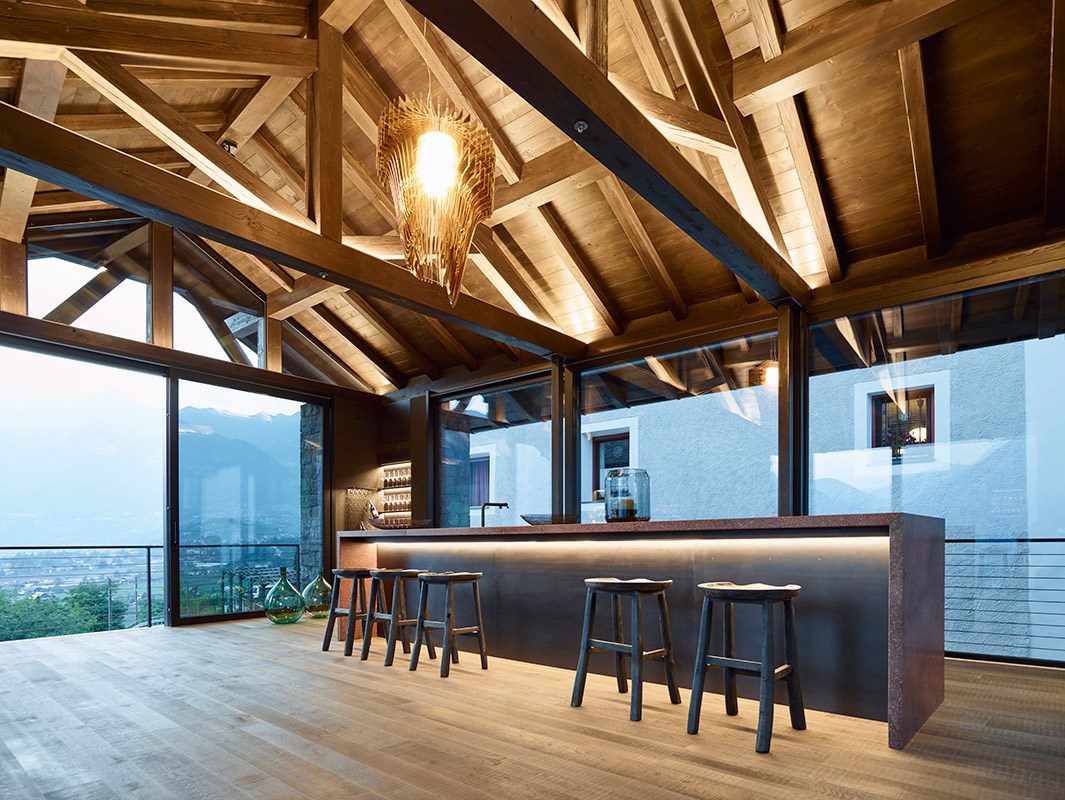Aria Pendant - transparent
- Designer:
- Zaha Hadid
- Brand:
- Slamp
We don't appear to have any products related to your search term. Please try again.
Shipping and discount codes are added at checkout.

“The challenge is applying formal, technical and material innovations in the best way possible to create new works which attract attention and inspire. This is the case in any product design.”
Zaha Hadid, founder of Zaha Hadid Architects, was awarded the Pritzker Architecture Prize in 2004 and is internationally known for her built, theoretical and academic work. Born in 1950, she is internationally renowned for her legacy in architectural jewels with an avant-garde appearance such as the National Museum of Art and 21st Century Art in Rome, the BMW Central Building in Leipzig, and the Guangzhou Opera House.
Hadid is the first woman to break the glass ceiling of the "Starchitect" universe, dwelling amongst greats such as Frank Lloyd Wright and Le Corbusier. Iraqi-born Zaha Hadid's pioneering vision challenged notions of what could be achieved in building. Coined the "Queen of the Curve," her highly inventive designs liberated architecture from its traditional treatment of concrete and steel and introduced radical new ways to envision spaces in synchronicity with their surroundings. With a foundation in painting and the utilisation of progressive digital technologies, Hadid's creativity was unbound by existing typologies, and her innovative approach helped shift the geometry of buildings towards a radical new aesthetic.
Before ever seeing one of her designs realised as a physical building, Hadid's architectural drawings and paintings were gaining her international acclaim. Through wildly imaginative and intricate abstractions, she was already questioning the idea that a building was merely a solid mass, paying attention to the relationships between its individual elements.
Although not aligned with any particular school, much of Hadid's work has been linked to Deconstructivism in its sculptural treatment of architecture as a container for interconnective spaces, dramatic untraditional angles, and volumes bursting with many little pieces. In this way, her realised buildings echoed her earlier paintings. Her consistency in questioning the status quo led Hadid towards the development of new digital techniques that allowed her to depart from the standard horizontals and verticals and to reimagine the structural engineering of bold new forms. Her firm would coin the term Parametricism to define this signature look and feel.
Hadid's position as a world-renowned architect dedicated to her career above all else was further emphasised by the fact that she was a woman and a Muslim. Bold, unapologetic, and progressive, she helped bash stereotypes while infiltrating a field that had largely held a longstanding reputation as a male-held profession.
The MAXXI: National Museum of 21st Century Arts in Rome, Italy, and the London Aquatics Centre for the 2012 Olympic Games are excellent demonstrations of Hadid’s quest for complex, fluid space. Previous seminal buildings such as the Rosenthal Center for Contemporary Art in Cincinnati and the Guangzhou Opera House in China have also been hailed as architecture that transforms our ideas of the future with new spatial concepts and bold, visionary forms. In 2010 and 2011, her designs were awarded the Stirling Prize, one of architecture’s highest accolades, by the Royal Institute of British Architects. Other recent awards include UNESCO naming Hadid as an ‘Artist for Peace’, the Republic of France honouring Hadid with the ‘Commandeur de l’Ordre des Arts et des Lettres’, TIME magazine including her in their list of the ‘100 Most Influential People in the World’, and in 2012, Zaha Hadid was made a Dame Commander of the Order of the British Empire by Queen Elizabeth II.
She passed in 2016 at the age of 65.

